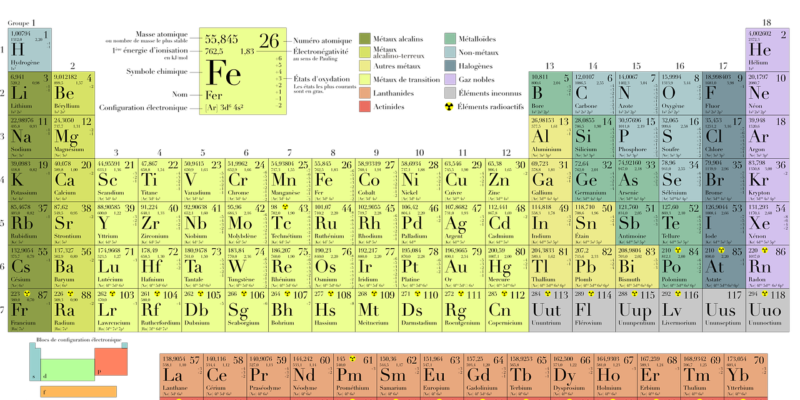
In general, ionization energy tends to increase in the periodic table
The periodic table is a list of chemical elements arranged in an orderly fashion. Each element has a corresponding number, and each number has a corresponding letter. The elements are classified into four different groups: the earth, metals, and the others. Each group then has a set number of elements and corresponding letter. The first element on the list is hydrogen, which is the most basic element and is the simplest to understand.
Our research indicates that, generally, when an ionization reaction occurs, the energy of the newly created ion increases by a certain percentage. The larger the ion, the more energy it produces. So if we take hydrogen, for example, and charge it up with an electron, we get a positively charged ion. It has a lower energy than the original hydrogen. We then create another ion by charging it with a positive (or negative) electron. We get a negatively charged ion. And so on.
But there is a downside to this. If we go back to the periodic table, and start again with hydrogen, we get an ionized hydrogen. The energy of the ionized hydrogen is lower than the original hydrogen, but still higher than the ionized form of carbon. Why? Well, a hydrogen ion has a higher energy because it has more electrons than a hydrogen atom, which means it has more energy than the original form.
The periodic table is a great way to see how many different elements there are in a solid, and it is also a good way to see how many different ways there are to mix elements. So if you have a high-energy ionized state of a group of elements, such as when you’ve got a hydrogen ion and an oxygen ion, then you might have a high energy state of another group of elements, such as when you’ve got an oxygen ion and a hydrogen ion.
Although most of the periodic table is made of elements that don’t have a lot of energy, there are some elements that are very energy dense. Elements like protons, neutrons, and electrons are very dense and tend to stay in those states. Other elements have very low energy and tend to be in other states. For example, helium has a high energy and is very dense, but it is very different from hydrogen.
It’s like when you take a teaspoon of salt and drop it in your soup. The salt will dissolve in the soup, but the soup itself will dissolve in the salt. The salt and the soup are both made out of the same substance, but the soup has a high energy density and the salt has a low energy density.
Ionization energy is the amount of energy released when a material is ionized. For example, water, which is made out of hydrogen and oxygen atoms, is at rest and has zero energy. However, when you take a cup of water and put it in a microwave, you are ionizing it and the water becomes very energetic and is the most dense substance in the periodic table.
Ionization energy is one of the most important factors in the periodic table. So many things depend heavily on it, from the structure of the atoms and molecules to the energy required to get things to work. Ionization energy is also why electric fields tend to be stronger in the periodic table than magnetic fields.
Ionization energy is one of the two most important factors in the periodic table. As you probably know, most substances in the periodic table are made up of atoms. The other is the electronegativity of the atoms. This is the ratio of the electronegativity of a given atom to its nucleus.
The electronegativity of a given atom is how much charge the atom can take up (the more negative, the more negative charge, the more negative the atom). The total number of electrons in a given atom is called its “electronegativity.” A molecule is composed of a few different particles, like atoms, that have the same electronegativity. The higher the electronegativity of a molecule is, the more reactive the molecules tend to be.
